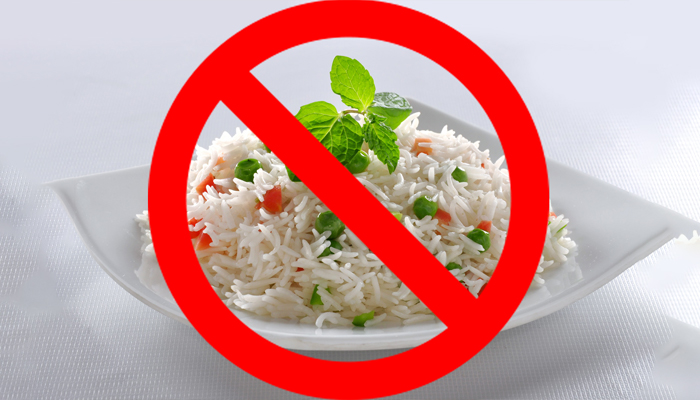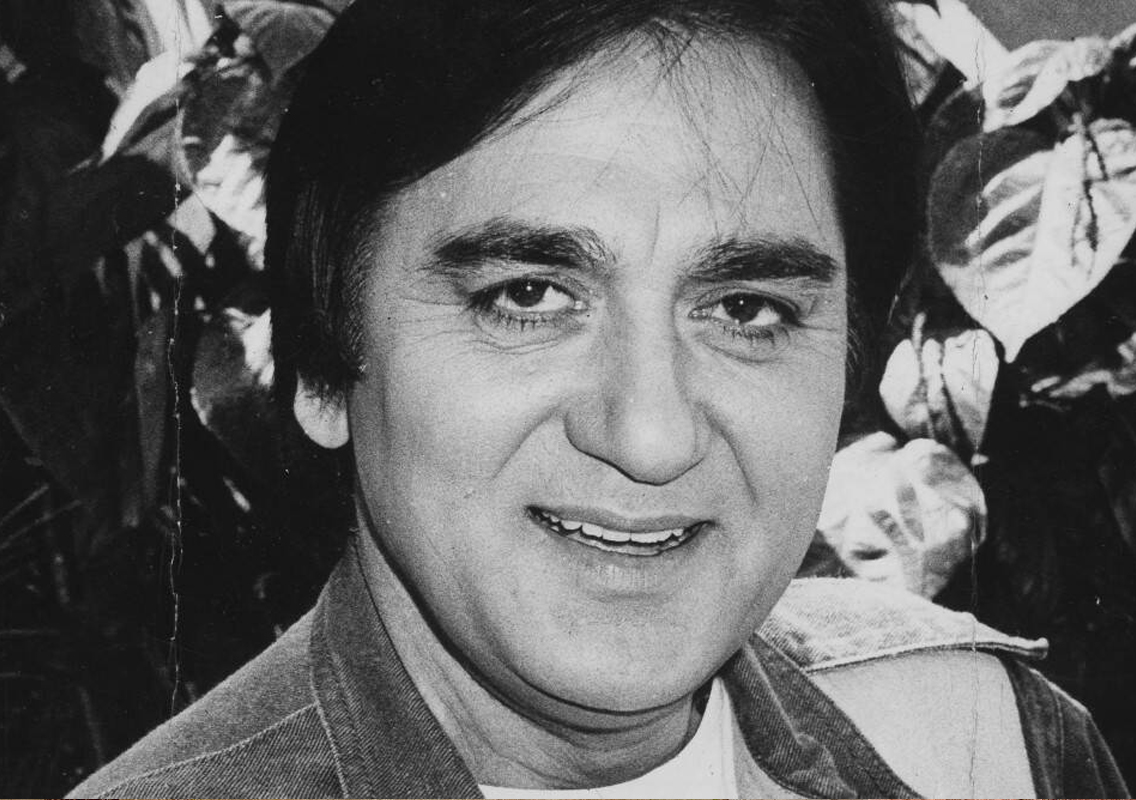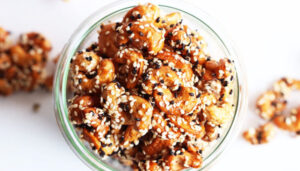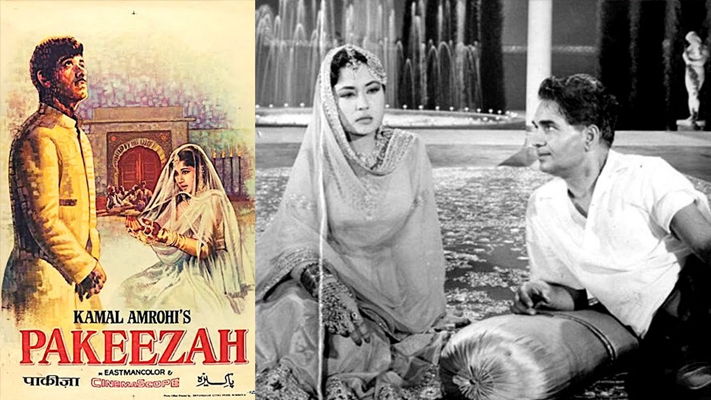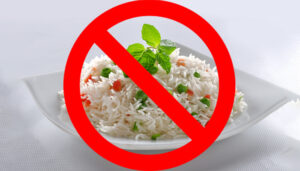REASON WHY RICE SHOULD BE AVOIDED ?

When you ask people if they eat rice, most of them will answer with a resounding "yes".
Rice is by far the most popular food in the world, so why is it that we should avoid this humble staple? The answer will shock you. The truth about rice has been buried for decades, and nobody knows about it. If we had to guess the worst thing that can happen to your body when eating rice, we would say it's cirrhosis of the liver (leukaemia in some cases). But there are much more serious side effects – high cholesterol and heart disease. This guide will break down all your risks associated with eating a bowl of white grains every day! So read on…
Rice is a grain that grows in the wild. It is the staple food of nearly all cultures. The word "rice" comes from India, where it was first domesticated thousands of years ago. Rice is a beautiful grass that has large clusters of white grains (called grains), with darker stripes on top. When harvested, the grains are separated and cleaned in huge piles by hand. These stacks must be refilled as fast as they can be filled with more dirt and plants to prevent rotting because once they've been milled they cannot be used again (they are damaged too much). So what is so bad about these grains? Well, if you eat the whole grain thing will get very complex…

Rice grains have many vital nutrients, but when re-processed into a "white" product, they lose some of their nutrition value. If you are willing to risk your health and the environment, here is a list of vitamins and minerals found in rice:
Vitamin A – 518 mcg or 2286% RDA (for adults)
Vitamin B1 – 0.17 mg or 94% RDA
Vitamin B2 – 0.24 mg or 106% RDA
Vitamin B3 – 0.08 mg or 37% RDA and 100% DV for women and men respectively (likely too much)
Vitamin B5 – 0.88 mg or 39% RDA
Vitamin E – 0.33 mg or 15% RDA
Magnesium – 1.6 mg or 23% RDA and 100% DV for women and men respectively (likely too much)
Calcium – 62.9 mg or 2769% RDA
Iron – 0.15 mg or 87% RDA (likely too much)
Phosphorus – 1020 mg or 1205% RDA To put that into perspective, one serving of cooked rice has 2.8 times the Vitamin A and 1.6 times the magnesium found in a serving of spinach!
After you strip all this valuable nutrition from rice, what's left? Not much – Let's look at some of the "goods" in rice:
STARCH CONTENT
Rice grains do not have any nutritional value. They are made entirely of glucose (grain) and starch (starch). To give you an idea of how much starch is found in rice, it takes more than 20 pounds per cup of cooked rice (a cup being cooked rice, about two point two inches across). There is no fibre which may be beneficial for your health because some fibre may help lower cholesterol and control blood sugar levels as well as prevent diseases such as diabetes.
White rice is not a carbohydrate food. It is a starch that comes from the grain of rice. The conversion of the rice into white powder creates a substance that can damage your arteries and heart, by thickening and hardening the blood in vessels around your body. White rice has been stripped of nearly all its nutritional value and turned into a substance that your body does not recognize (and therefore cannot process). It is difficult for you to digest because it does not offer your body any valuable nutrition. White rice inhibits healthy digestion by closing off the small intestine and preventing the absorption of vital nutrients. It should be noted that when the body cannot digest food, it begins to build up inside the large intestine (intestines) and can eventually lead to a painful bowel movement. These undigested items can cause more harm than good, especially when processed as starch.
NUTRITIONAL DEFICIENCIES
The problems with white rice don't end there. It is known to aggravate nutritional deficiencies, cause malabsorption of minerals, disrupt immune system function, and interfere with hormone regulation. There have also been concerns about high levels of arsenic in rice – depending on the type of rice and how it is grown, the levels can be extremely high! Some food experts have said that white rice may not be as healthy as we thought it was. White rice is classified as an empty carbohydrate, which means it is a food with low nutrient content and has very little to offer.
In conclusion, white rice should be avoided. It has more bad than good, and it will hurt your body more than help it. If you must eat it, we recommend that you eat brown rice instead. Brown rice is a healthy alternative to its more popular sibling because the bran and germ have not been removed (this keeps its nutritional value intact), making this type of rice much healthier than its white counterpart.



